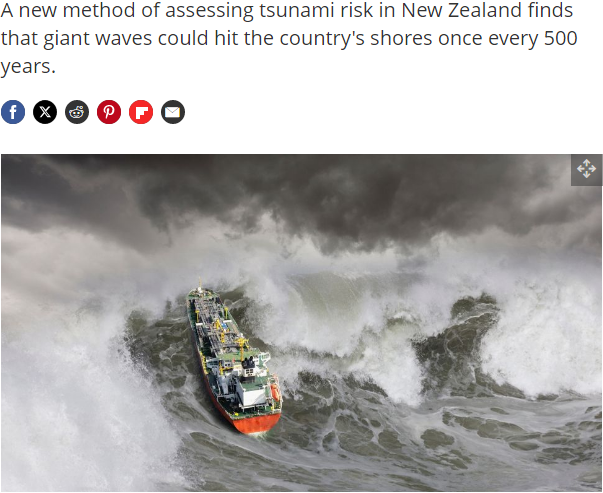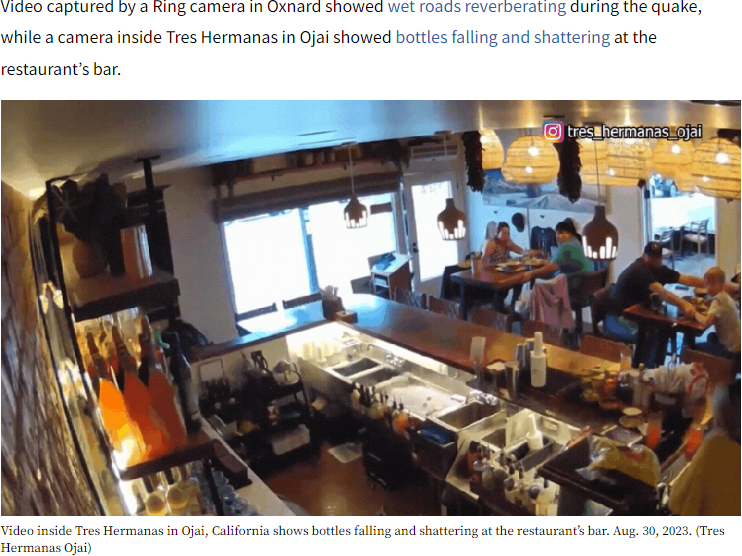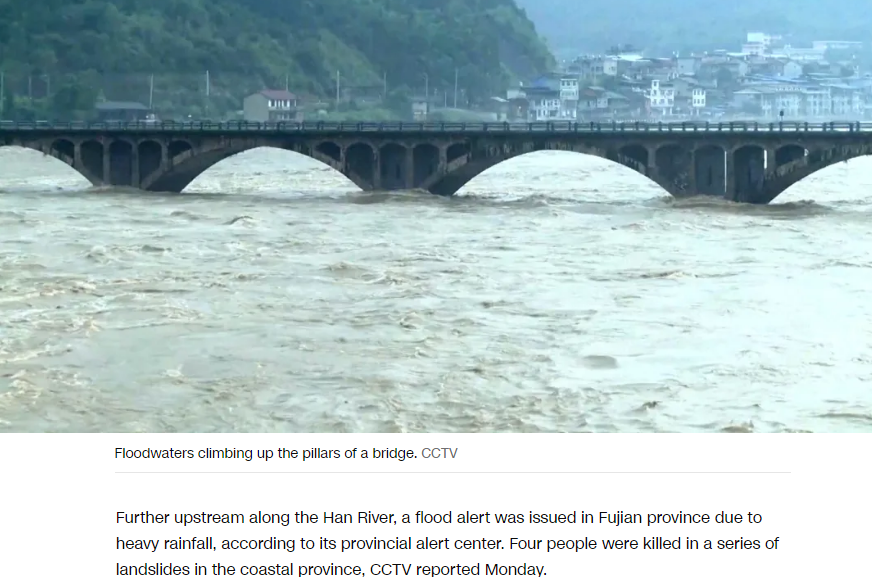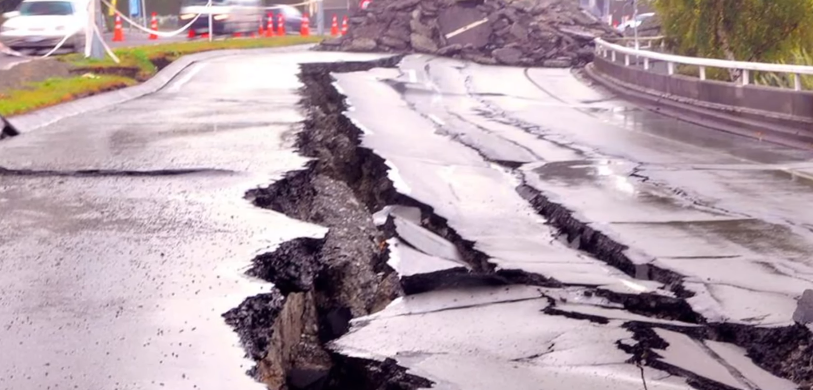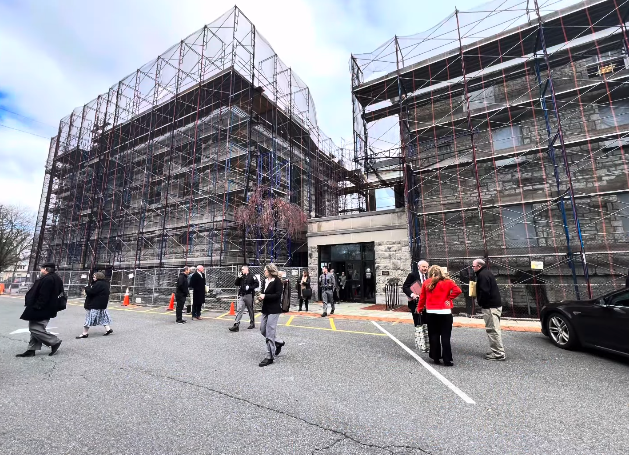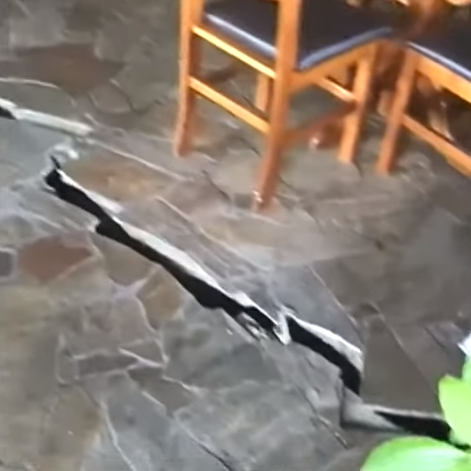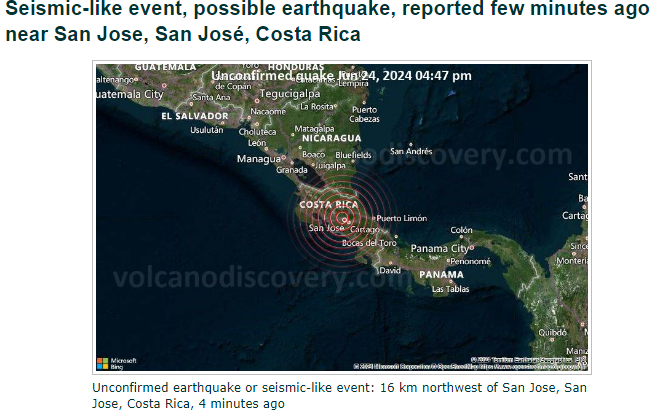| Key Information | Details |
|---|---|
| Date | September 8-19, 1988 |
| Maximum sustained winds | 130 mph |
| Minimum central pressure | 888 mb (hPa; 26.22 inHg) |
| Affected areas | Jamaica, Cayman Islands, Mexico, and the United States |
| Damage | $2.98 billion (1988 USD) |
| Death toll | 433 people |

Introduction
Hurricane Gilbert was the second most intense tropical cyclone on record in the Atlantic basin, with a minimum central pressure of 888 mb (hPa; 26.22 inHg). The storm made its first landfall near Kingston, Jamaica, on September 12, 1988, as a Category 4 hurricane with maximum sustained winds of 130 mph. Hurricane Gilbert brought widespread destruction to Jamaica, the Cayman Islands, Mexico, and the United States, resulting in $2.98 billion in damage and 433 fatalities.
Impact on Jamaica
Hurricane Gilbert produced a 19 ft (5.8 m) storm surge and brought up to 823 millimeters (32.4 in) of rain in the mountainous areas of Jamaica, causing inland flash flooding. The storm left $700 million (1988 USD) in damage from destroyed crops, buildings, houses, roads, and small aircraft.
Two people eventually had to be rescued because of mudslides triggered by Gilbert and were sent to the hospital. The two people were reported to be fine. No planes were going in and out of Kingston, and telephone lines were jammed from Jamaica to Florida.
As Gilbert lashed Kingston, its winds knocked down power lines, uprooted trees, and flattened fences. On the north coast, 20 feet (6.1 m) waves hit, forcing hotels to be evacuated in the popular tourist destination. Kingston’s airport reported severe damage to its aircraft, and all Jamaica-bound flights were cancelled at Miami International Airport. Unofficial estimates state that at least 30 people were killed around the island.
Estimated property damage reached more than $200 million. More than 100,000 houses were destroyed or damaged and the country’s banana crop was largely destroyed. Hundreds of miles of roads and highways were also heavily damaged.
Military Airlift and Relief Efforts
Responding to an appeal from the Jamaican and Haitian governments, the State Department organized a relief operation, coordinated by AID and the Office of Foreign Disaster Assistance. Because commercial airlift of humanitarian relief supplies was not immediately available, the State Department requested a military airlift.
On September 13, a 314th Tactical Airlift Wing C–130 Hercules aircraft flew a State Department damage assessment team from Homestead AFB, Florida, to Kingston, Jamaica, to determine which supplies were most urgently needed. A day later, four C–130s—one from the 314th Tactical Airlift Wing and three from the Tennessee Air National Guard’s 118th Tactical Airlift Wing—transported 40 tons of relief equipment and supplies from Howard AFB, Panama, to Kingston.
Their cargo included 360 rolls of plastic sheeting for temporary shelters, 200 tents, 9,600 cotton blankets, 10 chain saws, 3,960 five-gallon water containers, and 18 3,000-gallon water storage tanks.
The Military Airlift Command followed up on September 18 and 19 with an airlift of 130 tons of ready-to-eat meals, water purification tablets, tents, blankets, building materials, and other supplies from Howard AFB and from Kelly AFB, Texas. Two C–5s from the 433d and 436th Military Airlift Wings and a 437th Military Airlift Wing C–141 delivered the cargo to Norman Manley International Airport in Kingston.
More humanitarian relief arrived in Jamaica in October. Among the aircraft transporting 290 tons of electrical utility trucks and equipment to the island were three 436th Military Airlift Wing C–5 Galaxies. Power companies from the United States and Canada loaned vehicles, which were loaded aboard the aircraft in Florida, New York, Texas, and Ontario. By the end of the year, MAC had flown 460 tons of relief cargo to Jamaica.
Impact on the Cayman Islands
Gilbert passed 30 miles (48 km) to the south of the Cayman Islands early on September 13, with one reported gust of 157 mph (253 km/h). However, the islands largely escaped the hurricane due to Gilbert’s quick forward motion. Damage was mitigated because the depth of the water surrounding the islands limited the height of the storm surge to 5 ft (1.5 m). There was very severe damage to crops, trees, pastures, and a number of private homes. At least 50 people were left homeless and losses were expected to be in the millions.
Records and Aftermath
Hurricane Gilbert attained a record low central pressure of 888 mb (hPa; 26.22 inHg), surpassing the previous minimum of 892 hPa (26.34 inHg) set by the 1935 Labor Day hurricane. This made it the strongest tropical cyclone on record in the north Atlantic basin at the time. It was surpassed by Hurricane Wilma in 2005, which attained a central pressure of 882 hPa (26.05 inHg). Gilbert is the most intense tropical cyclone on record to strike Jamaica. The storm also produced record-breaking rainfall in Jamaica, amounting to 27.56 in (700 mm).
The overall property damage was estimated at $2.98 billion (1988 USD). Earlier estimates put property damage from Gilbert at $2.5 billion but were as high as $10 billion. A final count of Hurricane Gilbert’s victims is not possible because many people remained missing in Mexico, but the total confirmed death toll was 433 people.
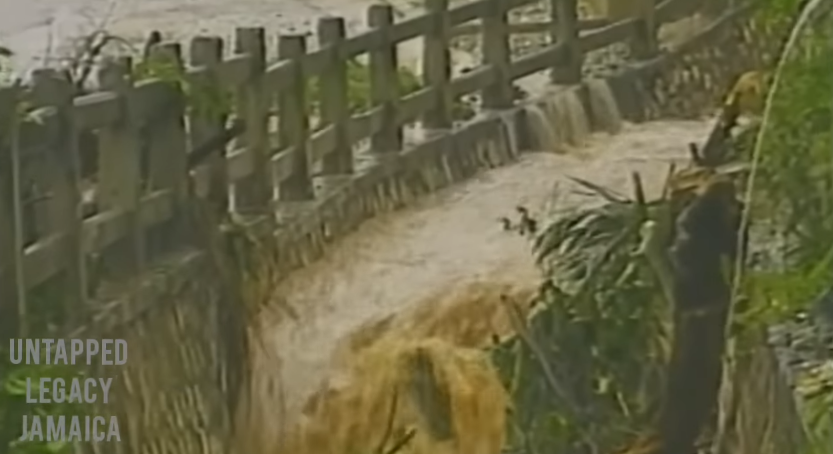
Conclusion
Hurricane Gilbert was one of the most intense tropical cyclones ever recorded in the Atlantic basin, with a minimum central pressure of 888 mb (hPa; 26.22 inHg). The storm made its first landfall near Kingston, Jamaica, on September 12, 1988, as a Category 4 hurricane with maximum sustained winds of 130 mph. The storm brought widespread destruction to Jamaica, the Cayman Islands, Mexico, and the United States, resulting in $2.98 billion in damage and 433 fatalities.
The storm produced a 19 ft (5.8 m) storm surge and brought up to 823 millimeters (32.4 in) of rain in the mountainous areas of Jamaica, causing inland flash flooding. The storm left $700 million (1988 USD) in damage from destroyed crops, buildings, houses, roads, and small aircraft.
Two people eventually had to be rescued because of mudslides triggered by Gilbert and were sent to the hospital. The two people were reported to be fine. No planes were going in and out of Kingston, and telephone lines were jammed from Jamaica to Florida.
Responding to an appeal from the Jamaican and Haitian governments, the State Department organized a relief operation, coordinated by AID and the Office of Foreign Disaster Assistance. Because commercial airlift of humanitarian relief supplies was not immediately available, the State Department requested a military airlift.
The Military Airlift Command followed up on September 18 and 19 with an airlift of 130 tons of ready-to-eat meals, water purification tablets, tents, blankets, building materials, and other supplies from Howard AFB and from Kelly AFB, Texas. Two C–5s from the 433d and 436th Military Airlift Wings and a 437th Military Airlift Wing C–141 delivered the cargo to Norman Manley International Airport in Kingston.
Hurricane Gilbert was a catastrophic event that left a trail of destruction in its wake. The storm’s impact was felt not only in Jamaica but also in the Cayman Islands, Mexico, and the United States. The storm’s aftermath highlighted the importance of disaster preparedness and response, as well as the need for international cooperation in times of crisis.

